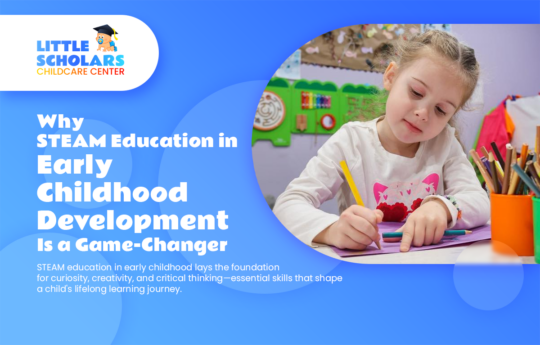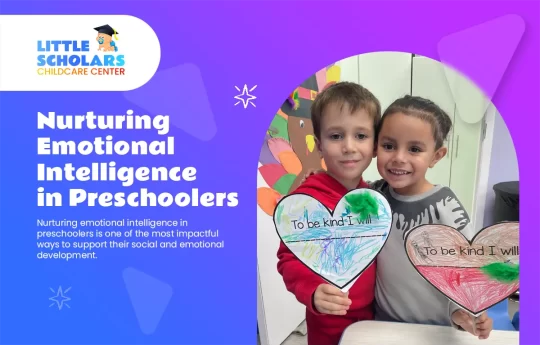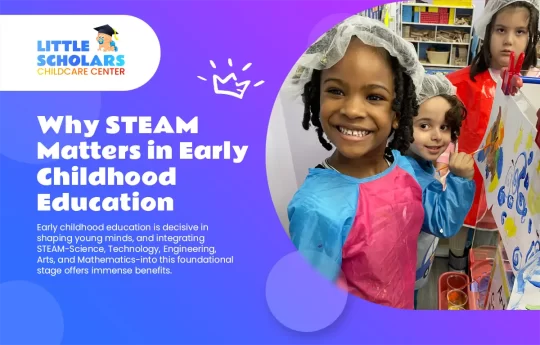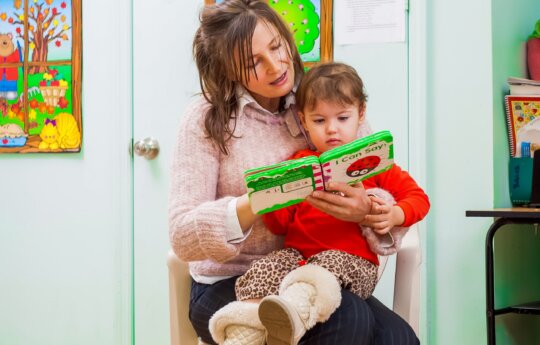
Children participating in social-emotional learning (SEL) acquire the social and self-regulation skills necessary to control their emotions and make deliberate decisions. With preschooler performance rising by 13% points after beginning a SEL program, study shows a substantial correlation between SEL and academic success.
This article will walk you through the social emotional learning in early childhood as well as relevant exercises and practical at-home advice.
Why Social Emotional Learning for Kids Matters
Early childhood is a time of rapid intellectual, emotional, and social development. It serves as the cornerstone for both mental wellness and lifetime learning. Early SEL instruction enables kids to manage stress (e.g., breathing exercises for toddlers), form friendships, and feel safe in unfamiliar circumstances.
Read about brain boosting beginnings.
Understanding Social Emotional Learning for Toddlers
Social emotional learning for kids is built on five pillars that collectively help youngsters develop into thoughtful, caring adults. Contrast them:
- Self-awareness refers to being aware of one’s own sentiments and how they influence behaviour.
- Self-regulation is the ability to control one’s impulses, remain calm in the face of anger, and follow rules.
- Social awareness is the ability to recognize and appreciate the feelings, cultures, and beliefs of others.
- Relationship skills include learning to share, listen, collaborate, and be friends.
- Making responsible decisions requires considering safety, kindness, and justice.
Note: To get the most out of mindfulness for kids with emotional or behavioral problems sometimes require individualized instruction. SEL helps to prevent children from bullying.
How Emotions Shape Early Childhood Development
Early childhood social-emotional milestones include a child’s growing capacity to feel, control, and communicate emotions.

SEL also helps to form deep connections and investigate their surroundings.
Infancy (Birth–12 months)
Although they are still unable to communicate, infants start to learn about comfort, trust, and emotional expressiveness. They react to physical contact, facial expressions, and vocal tones. Consistent attention, gentle calming, and eye contact all contribute to their sense of security. The earliest indications of social engagement are cooing and smiling. The emotional foundation for future partnerships is laid by secure attachment at this point.
Toddlerhood (1–3 years)
Toddlers encounter intense emotions that they are ill-equipped to manage, and they also start to show signs of independence. Mood swings, tantrums, and clinginess are common. They are able to mimic the actions of adults and distinguish between emotions such as fear, rage, and delight. With the right direction, toddlers can be taught to identify their emotions, express them verbally, and begin using language to settle minor disputes. Examine the best SEL activities for young children.
Preschool Years (3–5 Years)
Preschoolers investigate empathy, justice, and friendship. They can express their emotions and are more conscious of the norms. They start to employ pretend play and “why” questions to better understand other people’s viewpoints. Teaching structured SEL activities like role-playing, group games, and discussions of right and wrong is ideal at this time.
Social Emotional Learning Activities for Toddlers
The best social emotional learning activities for toddlers is to teach children through enjoyable, hands-on activities. Among the basic tactics are:
- Emotion cards: Show youngsters photographs of faces and ask them to identify the emotions.
- Toddler feelings vocabulary: Allow youngsters to express how they feel every morning.
- Mindful breathing: Teach kids to take deep breaths when they’re distressed.
Note: Children may need more time to understand and use the best social-emotional learning books for kids due to personal factors like temperament or developmental delays.
Little Scholars also explained interactive storytime techniques here.
How Little Scholars Integrates Social Emotional Learning
Social emotional learning for toddlers is seamlessly integrated into the daily curriculum at Little Scholars through purposeful activities and routines.

Circle time discussions, collaborative projects, mindfulness moments, and role-playing scenarios encourage students to practice empathy, problem-solving, and self-regulation.
Learn more about what to do if a child is bitten by a tick here.
With calming strategies for toddlers, teachers showcase real-life situations to help children identify feelings and make responsible choices. This holistic approach ensures that emotional intelligence grows alongside academic achievement, fostering a classroom culture where kindness, respect, and emotional well-being thrive.
Conclusion: Building Emotional Strength from Home and School
Social emotional learning activities for kids is more than just a teaching tool; it’s a life skill. Youngsters will be prepared for the future if they can identify and control their emotions, form bonds with people, and make deliberate decisions in a range of situations. One of the most valuable things we can do to assist the development of these skills in all children is to invest in them early on.
FAQ
What is social emotional learning for kids?
SEL helps kids understand emotions, build relationships, and make good decisions through skills like empathy and self-control.
Why is social emotional learning important?
Emotion cards activities, for example, support positive behavior, academic success, and emotional health, helping kids gain confidence and resilience.
What is social emotional learning in the classroom?
Teachers build SEL through lessons, activities, and interactions that foster empathy, teamwork, and problem-solving.
What are the components of social emotional learning?
The five core skills are self-awareness, self-management, social awareness, relationship skills, and responsible decision-making.
What are the benefits of social emotional learning?
SEL improves social skills, academics, and well-being while reducing stress and promoting empathy and cooperation. If your child is suffering from the fear of water, SEL might be handy.




